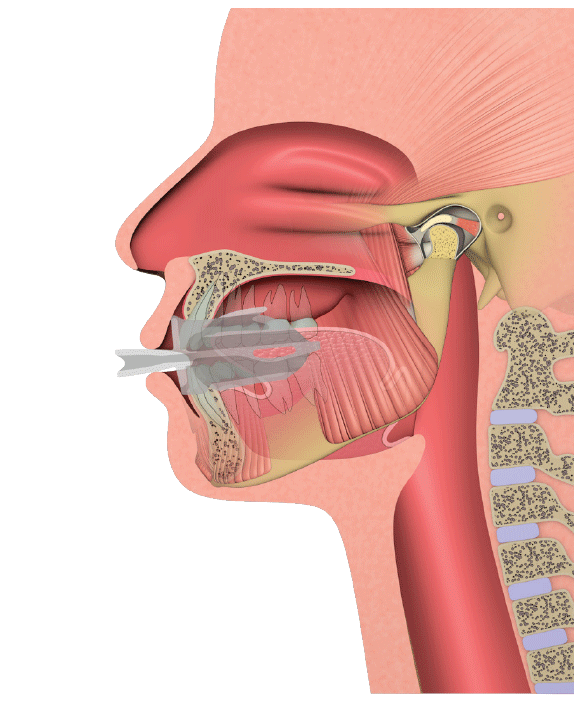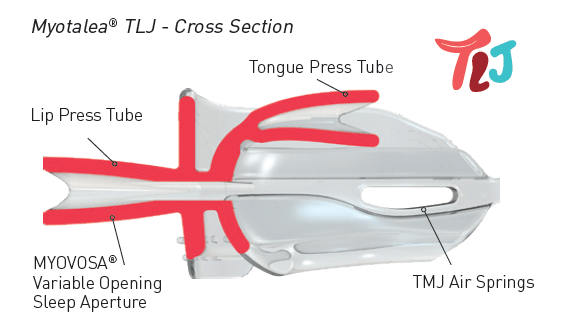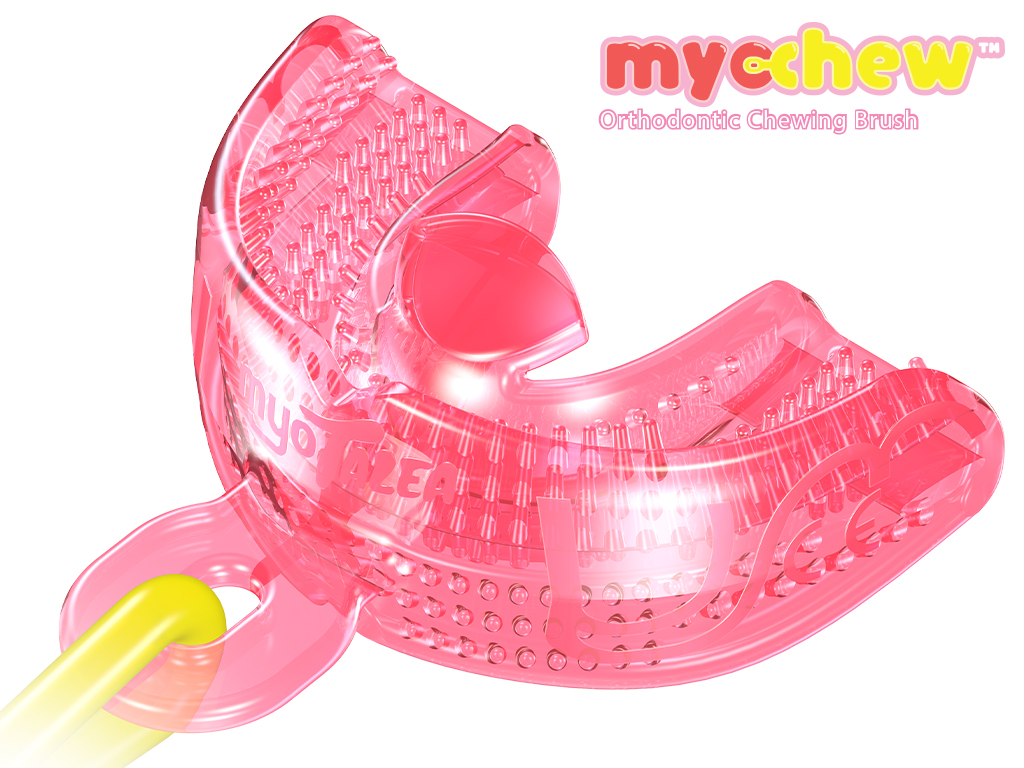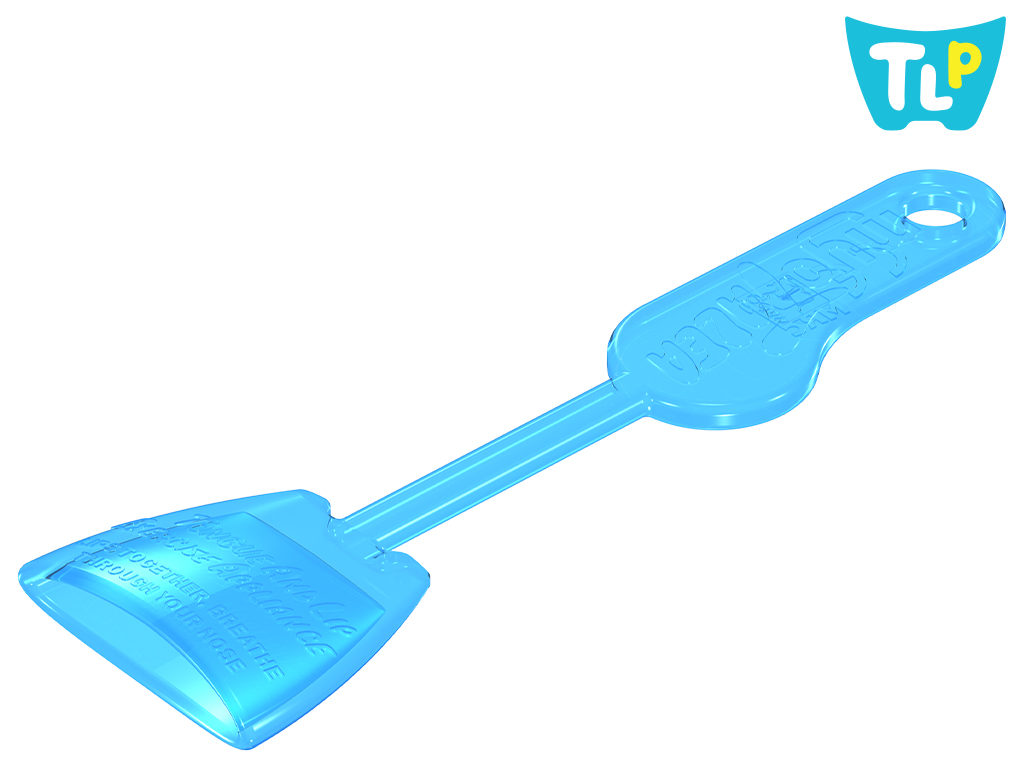The Myotalea® System
A revolution in active myofunctional appliance therapy
Myofunctional appliances have gained increased attention in recent years due to their benefits for patient compliance and ability to target orofacial muscle groups with precision. The Myotalea® range draws on MRC‘s 30 years of experience in appliance design to present practitioners with the world’s most advanced myofunctional appliance range to actively improve the strength and tone of the tongue, lip, jaw and airway muscles.
INTRODUCING A NEW PARADIGM IN MYOFUNCTIONAL THERAPY
INTRODUCING A NEW PARADIGM IN MYOFUNCTIONAL THERAPY
Myofunctional Research Co. (MRC) introduced the Myobrace® Activities in 2010 to improve the effectiveness and complement The Myobrace® System with a series of simplified breathing, tongue, lip and swallowing exercises. Although the Myobrace® and Myosa® systems both address the establishment of nasal breathing, correct lip and tongue posture, and have also been shown to improve function of the oral musculature2, they have been less effective in improving the strength of these muscles.
A frequent finding in patients presenting for orthodontic treatment, Temporo-Mandibular Joint (TMJ) dysfunction and Breathing Disordered Sleep (BDS) is weakness in the muscles of the tongue, lip and jaw.3 Insufficient tone and collapsibility of the upper airway (pharyngeal and supra-hyoid) muscles are also common findings in BDS.4
Myofunctional Therapy (MFT) techniques have been used to address these problems and whilst MFT is effective, it has the same inefficiencies of the past, in particular poor compliance and unpredictable results.5
Mouth breathing is the major cause of
malocclusion, TMJ and Sleep Disorders.

Any treatment modality that attempts to correct malocclusion, TMJ and BDS must incorporate the improvement of muscle strength and tone as part of the treatment provided.
MRC’s Myofunctional Tongue and Lip Exercise Appliances (Myotalea®) have been designed to improve the strength of the lip, tongue, jaw and supra-hyoid muscles simultaneously, in one integrated system.
In addition, for the first time, the lack of pharyngeal and supra-hyoid muscle strength that are causative factors of airway collapsibility, can now be addressed with the head tilt variation exercise of the TLJ and TLP appliances.
REFERENCES:
1. Camacho M, et al. Sleep. 2015 May 1;38(5):669-75
2. Uysal T, et al. Eur J Orthod. 2012 Feb;34(1):96-101
3. Gelb M. J Calif Dent Assoc. 2014 Aug;42(8):551-62; discussion 560-2
4. Marcus CL. J Appl Physiol (1985). 1994 Aug;77(2):918-24
5. Huang YS, et al. Sleep Med Clin. 2019 Mar;14(1):135-142
6. Steele CM. Am J Respir Crit Care Med. 2009 May 15;179(10): 858-9

Obstructive sleep apnea results from decreased upper airway muscle tone during sleep and associated collapsibility of the muscles in the hypopharynx. The genioglossus, an extrinsic tongue protrusive muscle, has been especially implicated.6
THE WORLD’S FIRST ACTIVE MYOFUNCTIONAL INTRA-ORAL APPLIANCE
Patients with malocclusion, BDS, TMJ Disorders and craniofacial growth problems all have insufficient strength in the tongue, lip and jaw muscles. These muscles are important for optimum growth and function of the patient. Targeted exercises are needed to correct the muscle weakness that results from years of disuse.
The Myotalea® TLJ appliance is the world’s first active intra-oral myofunctional appliance, designed to specifically strengthen the tongue, lip, jaw, pharyngeal and supra-hyoid muscles.
With the advent of the Myotalea® TLJ, an option now exists for practitioners to improve lip seal, tongue, pharyngeal and supra-hyoid muscle strength as well as the transition to nasal breathing in one easy to use, integrative appliance system.

The Myotalea® TLJ positioned in a patient’s mouth.

MYOVOSA® for the chronic mouth breathing patient
Patients who are chronic mouth breathers may sometimes find it difficult to retain their Myobrace® and Myosa® appliances overnight. A new feature presented with the Myotalea® TLJ appliance enables the practitioner to effectively treat these patients before Myobrace® and Myosa® appliances are used.





